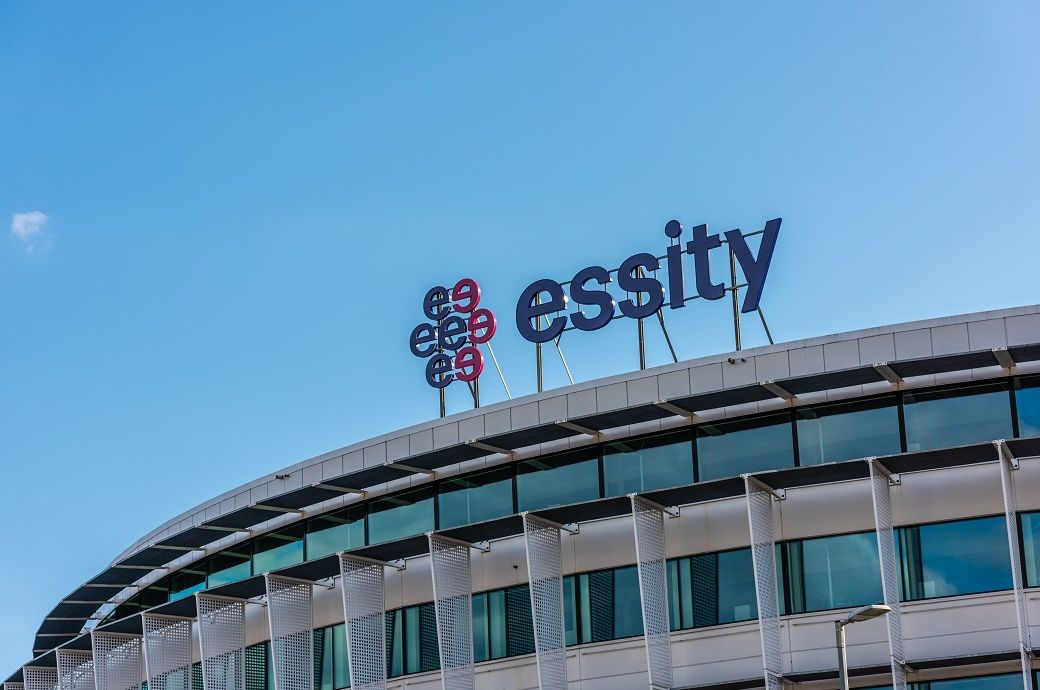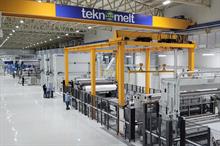
Despite the drop in sales, Essity's earnings before interest, taxes, and amortisation (EBITA) showed improvement. EBITA rose by 4 per cent to SEK 4.52 billion, up from SEK 4.36 billion. More significantly, EBITA excluding items affecting comparability (IAC) jumped by 14 per cent to SEK 4.88 billion from SEK 4.28 billion, while the EBITA margin excluding IAC improved by 2.2 percentage points to 14 per cent, the company said in a press release.
The company also noted a positive shift in its return on capital employed (ROCE), which increased to 15.9 per cent from 15.5 per cent, with ROCE excluding IAC rising by 2 percentage points to 17.2 per cent. Operating cash flow was another strong point, surging 48 per cent to SEK 4.25 billion, compared to SEK 2.87 billion in the previous year.
A significant highlight of the quarter was the completion of the divestment of all shares in its subsidiary Vinda, which significantly bolstered the financials. The sales proceeds from this transaction amounted to approximately SEK 19 billion, with the profit from the divestment reaching around SEK 9 billion.
Overall, Essity’s profit for the period covering all operations soared to SEK 11.49 billion from SEK 2.7 billion. However, earnings per share from continuing operations slightly decreased to SEK 3.51 from SEK 3.75. Earnings per share for total operations dramatically increased to SEK 16.21 from SEK 3.79 in Q1 FY23.
“Essity had a strong first quarter with all three business areas increasing their margins. Volume growth excluding restructuring was positive. Our focus as we move forward remains on growing volume and gaining market share with good profitability. During the quarter, we received the proceeds from the sale of shares in Vinda of approximately SEK 19 billion, which together with sustained high cash flow strengthened the balance sheet,” said Magnus Groth, president and CEO.
Fibre2Fashion News Desk (DP)

